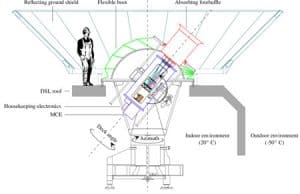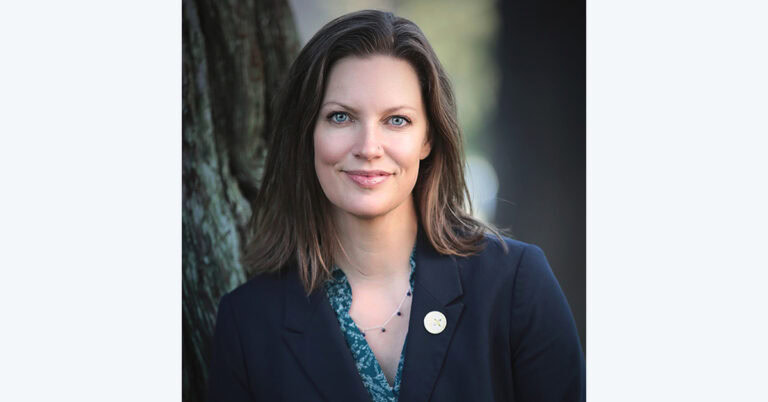Deputy Director
Caltech Astronomers Chart First Moments After Big Bang
April 4, 2014 | CCST Newsroom, Federal Research in California | Contact: M. Daniel DeCillis

A project which began 13 years ago as an idea conceived by scientists at Caltech and the Jet Propulsion Laboratory has led to the first direct evidence of gravitational waves from ‘cosmic inflation’ in the moments following the Big Bang. It is the strongest confirmation yet of theories describing the universe’s initial period of growth.
Signs of the Big Bang, the explosive beginning of our universe, are found in a universal cosmic microwave background radiation, first observed in 1964. The new observations by the BICEP2 telescope measure a distinctive twisting pattern in the polarization of this radiation, indicative of gravitational waves; the pattern suggests that the universe expanded by 100 trillion trillion times in a fraction of a second, amplifying small quantum fluctuations to enormous sizes.
“The idea behind this project was to go after this one signal,” said project co-leader Jamie Bock, professor of physics at Caltech and laboratory senior research scientist at JPL. “It was a bit risky, because we didn’t know if we would find it.”

The first phase of the project involved using conventional microwave detectors; ultimately, the team ended up inventing new technologies for measuring the polarity of the gravitational waves, which behind a characteristic pattern of polarization on the cosmic microwave background known as B-mode polarization. The BICEP2 instrument, whose detector arrays were made at the JPL Microdevices Laboratory, took its readings at the South Pole.
The B-mode polarization signal found by the BICEP2 team was stronger than many cosmologists had expected.
“In order to be certain of our results, we analyzed the data for three years,” said Bock. “And there is much more data still being analyzed. Within a year or so, we will be able to compare the results of the BICEP2 experiment with two years of data from the Keck Array, which is focusing on polarization flux, and data from the Planck Satellite, which measured the Cosmic Background Radiation for over four years.”
BICEP2 is the second stage of a coordinated program with the BICEP and Keck Array experiments; the four principal investigators are Bock, John Kovac of the Harvard-Smithsonian Center for Astrophysics Chao-Lin Kuo of Stanford University and the SLAC National Accelerator Laboratory, and Clem Pryke, of the University of Minnesota. In addition to Caltech and JPL, collaborating institutions for BICEP2 include the University of California at San Diego, the University of British Columbia, the National Institute of Standards and Technology, the University of Toronto, Cardiff University, and the Commissariat à l’energie atomique. BICEP3, which will use an even more powerful instrument to be placed at the South Pole, is in the works.
Despite the cosmic implications of the discovery, Bock notes that many of the people contributing to this project were not senior scientists, but graduate students and postdoctoral researchers.
“The thing I enjoy most about this work is that so much of it is run by young scientists,” said Bock. “They bring an incredible amount of innovation, dedication, and enthusiasm to the work. The fact that we could conduct this experiment with so many young people involved is the best part.”




